GoPro HERO4 Session review
 |
| Waterproof, ruggedized, incredibly-small and lightweight, the Session is a no-brainer to toss in your bag or coat pocket before heading out on an adventure. |
The GoPro HERO4 Session is the company’s latest action camera release. Unlike GoPros before it, the Session is completely waterproof without the need for any housing. It is also the smallest, lightest GoPro to date, 50% smaller than the HERO4 (Black or Silver) and 40% lighter.
The GoPro HERO4 Session is capable of video capture at the following resolutions and frame rates:
| Video Resolution | Frame rate |
|---|---|
| 1920 x 1440 | 30 fps, 25 fps |
| 1920 x 1080 | 60 fps, 50 fps, 48 fps (in Ultra Wide mode only), 30 fps, 25 fps |
| 1280 x 960 | 60 fps, 50 fps, 30 fps, 25 fps |
| 1280 x 720 | 100 fps, 60 fps, 50 fps, 30 fps, 25 fps |
| 848 x 480 | 120 fps, 100 fps |
The Session has dual microphones – one on the front and another on the back – for improved audio quality. The camera will automatically choose to prioritize one mic over the over, depending on the scenario. Stills can be captured at a frame rate as fast as 10 fps (limited to 1 sec bursts). Images are captured at 8MP resulting in a 3264 x 2448 still.
The Session can also capture time-lapses. Available intervals include 0.5, 1, 2, 5, 10, 30 and 60 secs.
Auto Low Light, a feature that determines video frame-rate based on lighting conditions, gives the promise of better low light video quality, something that action cams are not particularly good at. It’s worth noting that video files will playback at the selected frame-rate and resolution when using Auto Low Light.
ProTune, an option that allows users to dial in more advanced settings, is available on the HERO4 Session. Selecting ProTune allows users to set their ISO limit (either ISO 400 or ISO 1600), and toggle sharpness on and off. The Session also features a spot meter mode, that, as you may have guessed, determines exposure based on a small point in the center of the frame.
What’s included
 |
In addition to the unit itself, the GoPro HERO4 Session ships with just enough to get you started, including: a standard frame, a low-profile frame, one curved adhesive mount, one flat adhesive mount, a ball joint buckle and mounting buckles. A Micro-USB cable is also included for charging and transferring files directly from the GoPro to a computer.
Compared to Siblings
The price of the GoPro HERO4 Session recently dropped to $ 200. Here’s how it sizes up against GoPro’s other current offerings:
| HERO4 Session | HERO4 Black | HERO4 Silver | HERO+ | |
|---|---|---|---|---|
| Max Video Resolution |
1440/30p |
4K (UHD) 2160/30p |
4K (UHD) 2160/15p |
1080/60p |
| Photo Resolution | 3264 x 2448 | 4000 x 3000 | 4000 x 3000 | 3264 x 2448 |
| Waterproof (without a housing) | Yes | No | No | No |
| Max Still Burst | 10 fps | 30 fps | 10 fps | 5 fps |
| Weight | 74 g | 152 g | 147 g | 123 g |
| Street price | $ 200 | $ 500 | $ 400 | $ 200 |
Design
 |
The HERO4 unit itself is a tiny 1.5″ cube. The body has only two buttons: the large record button on top, located directly in front of the LCD, and a small Info/Wi-Fi button on the lower portion of the back (see lower image). Press the record button once to turn the camera on and start capture – by default the video will be 1080/30p. Press and hold the record button for two seconds to start a time-lapse. By default it will shoot a photo every half-second. In both cases, hitting the record button again stops capture and powers the device down.
Users can change video and still capture settings, in addition to turning on Wi-Fi by hitting the Info/Wi-Fi button and poking through the options. However, the two-button ergonomics can make for a pretty confusing user experience. We found it much easier to change settings by using the GoPro app.
 |
The LCD on top displays the battery life, recording mode, resolution and clip length (when capturing video), or the number of photos left (if you’re shooting a time-lapse). A small switch on the side of unit, when pressed, reveals the Micro-SD card slot and Micro-USB port (see below).
The HERO4 Session is impressively tough. The body is coated in a rubber-like material, and the door containing the Micro-USB port and microSD slot appears well-sealed. We’re not entirely sure what kind of glass the front element is made of, but several run-ins with a flying skateboard didn’t even leave a scratch. Seriously, we beat this unit up quite a bit over the course of field testing it, with no damage to speak of.
 |
Articles: Digital Photography Review (dpreview.com)

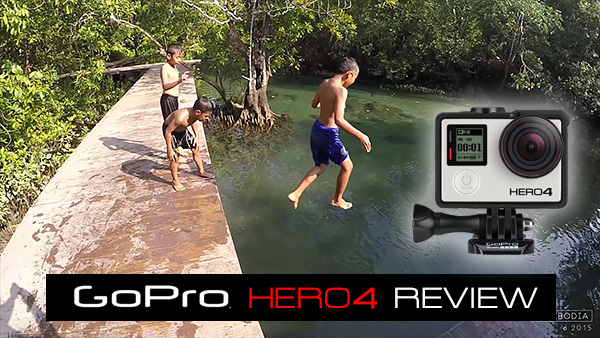
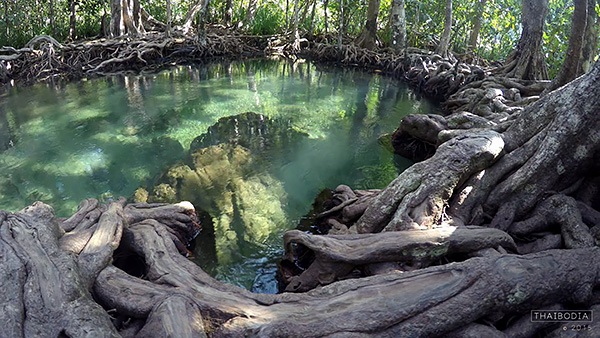


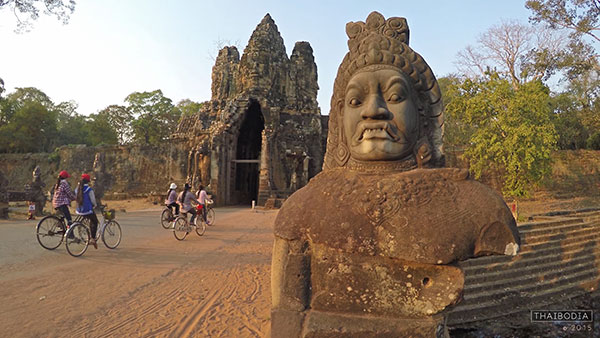
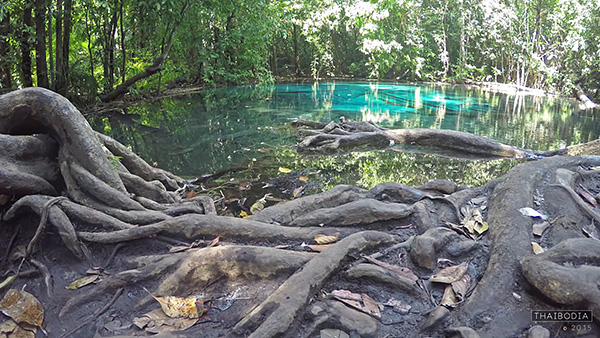
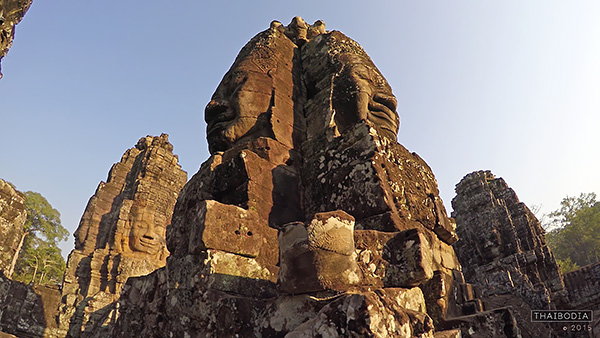
You must be logged in to post a comment.